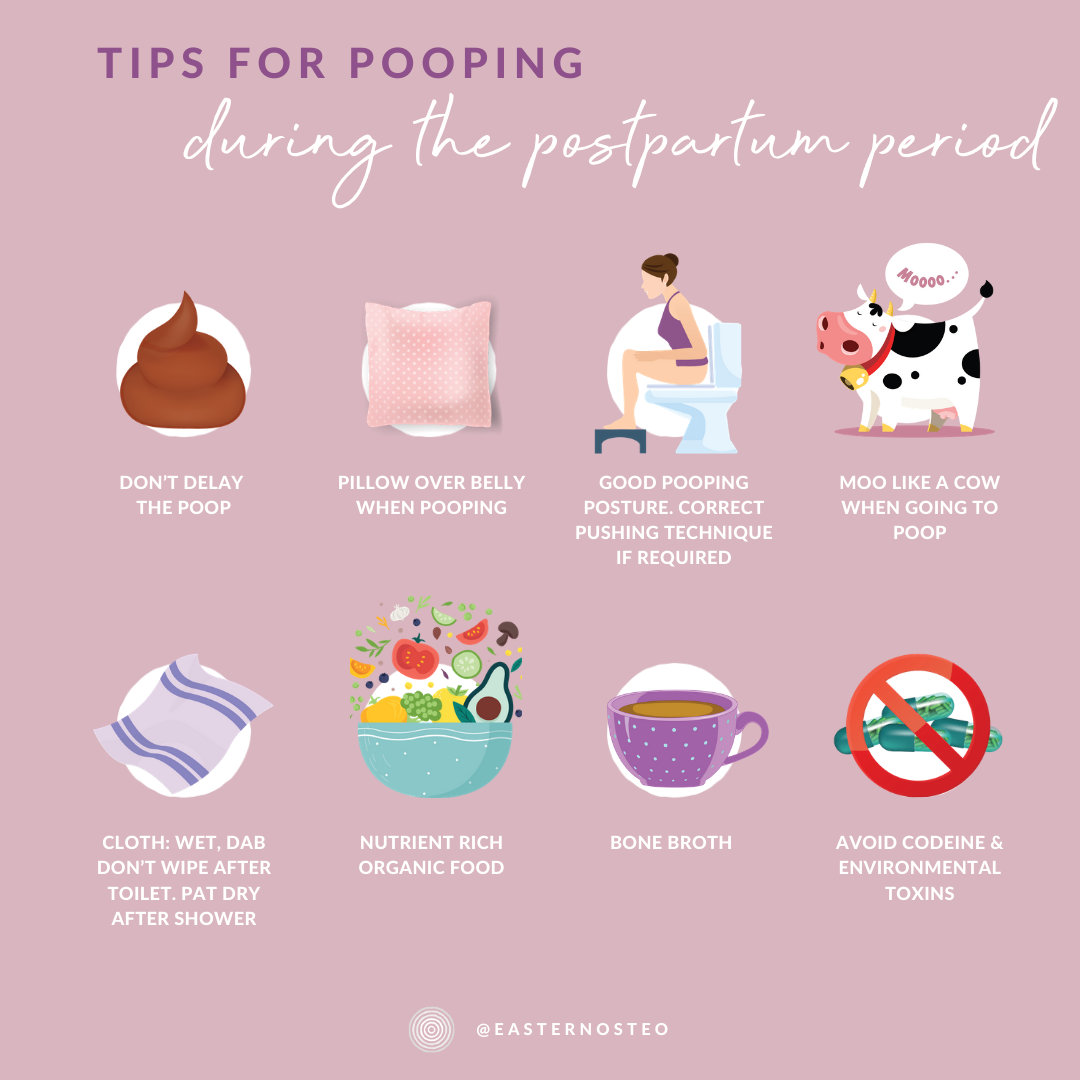The most simple way to think about a pelvic organ prolapse is that there has been an anatomical shift in the position of one (or multiple) pelvic organs downwards.
The pelvic organs are supported in their position by the muscles of the pelvic floor and an intricate network of fascia and connective tissue. When these supporting structures lose integrity from weakness, stretching and or as new research suggests tension; the ability of this network to support the pelvic organs is impacted. When this happens the organs can bulge into the vagina (or rectum with a rectal prolapse) and towards the vaginal opening.
Common symptoms associated with prolapse include;
Heaviness or dragging in the vagina.
Fullness or bulging sensation in or out of the vagina.
Urinary retention, post void dribble, urinary incontinence and urgency.
Difficulty having a bowel movement.
Constipation.
Pain during intercourse
The most common presentations of pelvic organ prolapse are uterine prolapse, cystocele and rectocele. Although not as common, rectal prolapse, vaginal vault prolapse and intestinal prolapse as a herniation can also occur.
Can I have sex with a prolapse?
Sex with a prolapse; please know there are no studies or research to suggest sex makes a prolapse worse. The wall of the vagina is made to stretch and move, in most cases the penis, finger, dildo will move your prolapse out of the way, especially with the assistance of gravity.
If you have a prolapse and are wanting to be, or are active in the bedroom here are our top six tips:
Grab a mirror, get comfortable and get to know your anatomy. If you’re up for it, masturbate. Yep, We just suggested that! Homework: learn what feels good.
Use a good quality water based lubricant where the pH is in the range of the vagina.
Experiment with pillows and positions that use gravity. Lifting your pelvis uses gravity to help move your organs away from the vaginal opening.
Communicate with your intimate partner. Let them know what feels good, what makes you uncomfortable and if any pain is experienced. If sex is painful please seek out a health provider who can help.
Take your time, have fun, and be kind to yourself.
Listen to your body; stress, fatigue and long days on your feet can all impact your prolapse. What may have felt good that morning or last week may be uncomfortable later.
If you have a prolapse, help is available. Sex is possible. We are here to help
What should I do if I have a Prolapse?
You have a pelvic organ prolapse (POP), maybe it’s been officially diagnosed by a health professional, maybe you can see and feel it or maybe you know things ‘just ain’t right’ since you gave birth. The reality is up to 50% of people who have given birth, have a POP. Whether you have given birth or not, we have compiled our top five tips for those who have a prolapse.
1. Drop everything and see a pelvic floor physical therapist who is skilled in the assessment of POP. It is essential you have a thorough assessment of the pelvic floor, your breath, abdominal wall, core and whole body posture. You will need a plan for treatment and rehab along with lifestyle advice specific for you and your goals. Kathryn Johns is a leader in the fields of osteopathy, pregnancy and pelvic health in Australia and is experienced working with patients experiencing prolapse.
2. Breathe. You need to spend time reconnecting with your breath, this is a great way to connect with your pelvic region and core. Correct breathing strategies allow full range of motion of your pelvic floor and optimal strength. Poor breathing mechanics can increase the load down onto the pelvic floor and pelvic organs.
3. Fix constipation. Constipation and straining on the toilet is a major risk factor for POP. If you are concerned about prolapse and you are constipated you need to see a naturopath/nutritionist and pelvic floor therapist ASAP. A great way to start impacting constipation right now is by looking at your pooping posture.
4. Listen to your body. Exercise, sexual positions and movement practices that felt great yesterday or even that morning may not feel good at another time. If this is the case, come back to your breath and rest. Reconnect with your pelvic floor, take things slow and be kind to your self.
5. Reduce stress. Studies have shown that when you are stressed and your central nervous system is in a heightened state your POP will bother you more. What does this mean? When you are stressed your POP symptoms will appear worse, they will bother you more than two days ago when you were feeling fancy free. This is not a reflection of how your anatomy is positioned, in fact you may have improved. If you are feeling stressed, come back to your breath, if this is not working it might be time to see a health professional to help with stress management strategies.











